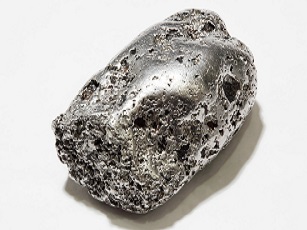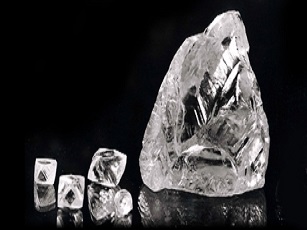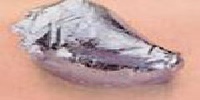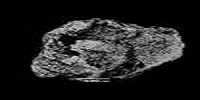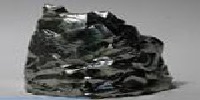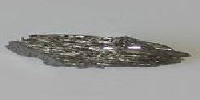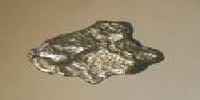Molybdenum Mining
MOLYBDENUM:
Molybdenum is one of the abundant elements in the earth's crust which are constantly mined day by day to assure our future with an adequate supply of it.
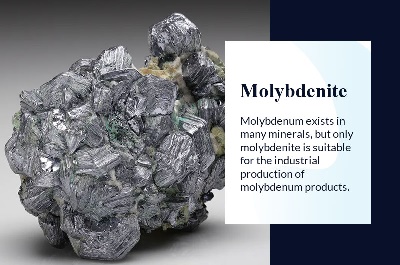
ORES:
Molybdenum occurs in the ores molybdenite (MoS2), wulfenite (PbMoO4), and powellite (CaMoO4), but it is mostly extracted from molybdenite, which is molybdenum disulfide, for commercial purposes. Molybdenum can also be extracted as a byproduct from copper ore mines.
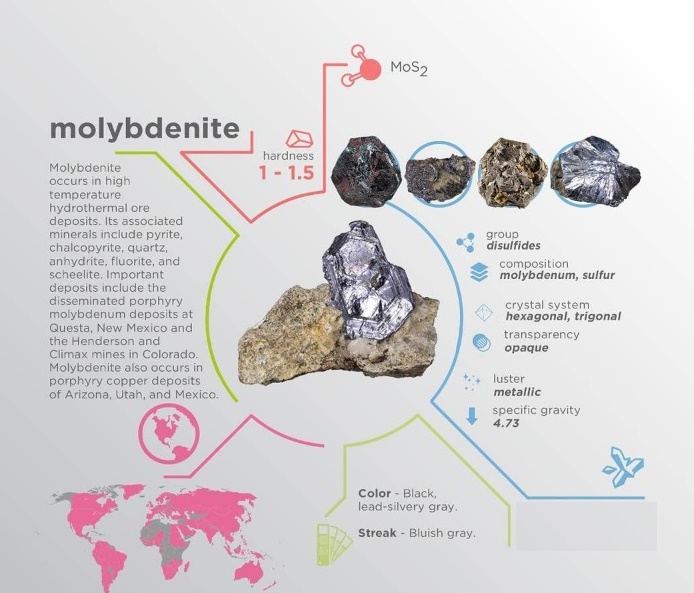
MINING:
Molybdenum is mined using both open-pit and underground methods. Open-pit mining is typically employed in regions where ore is close to the surface, including some copper mines with minimal molybdenum deposits. This technique is generally less expensive than underground mining.
The underground caving method is commonly used in areas with rich molybdenum deposits buried deep underground. In this method, rocks are allowed to collapse under their own weight and then transported to the surface for further processing. However, this extraction method is only feasible in financially viable mines due to its relatively high cost.
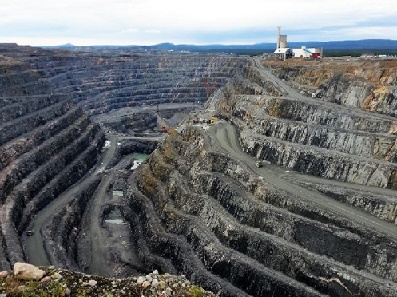
The molybdenum mines can also be differentiated based on extraction methods, such as primary mines, by-product mines, and co-product mines. In primary mines, molybdenum is directly extracted from molybdenite in bulk quantities. Most of these mines use the underground cave technique for extraction.In by-product mines, molybdenum is extracted as a byproduct of copper ores. These mines produce a considerable quantity of molybdenum.
In co-product mines, molybdenum is both mined as the primary product and as a byproduct, resulting in much larger quantities of mining. These are considerably large mines with a surplus amount of ores to process.
PROCESSING:
The large molybdenite ores mined from the mines are broken down into powder gravel through repeated ball milling processes. The obtained gravel ore is mixed with liquid and aerated in the flotation process. During this process, the less dense ore floats to the top of the liquid while heavy impurities settle at the bottom. The floating particles collected consist of MoS2 concentration, containing 85% to 90% of MoS2.
The collected MoS2 concentration then undergoes a roasting process in different chambers, maintaining temperatures from 500°C to 650°C. In this oxidizing process, MoS2 is converted to MoO3 (technical molybdenum oxide).
The resulting MoO3 is reduced into metallic molybdenum by hydrogen. Instead of being reduced into metal, technical molybdenum oxide can also be used to make ferromolybdenum (FeMo) and technical oxide.
In the case of copper mines, the MoS2 concentrate is obtained from the anode mud during the electrolytic copper refining process. The resulting concentrate undergoes roasting to produce MoO3 and is then reduced to molybdenum metal by hydrogen, which can be used to make other molybdenum commodities.
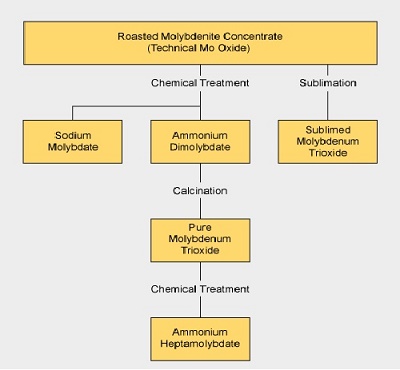
China leads in mining and producing molybdenum with 130,000 metric tons annually. The major contributors in China include China Molybdenum, Jinduicheng Molybdenum Corp. (JDC), and Jinzhou Xintai Metallurgy, mainly located across three provinces: Shaanxi, Liaoning, and Shanxi.
Chile follows with 58,000 metric tons annually, most of which is extracted from the country's copper mines. The state-owned company Codelco and KGHM Polska Miedz from the Sierra Gorda copper-molybdenum mine in the Atacama Desert, Antofagasta region, are the main contributors to the country's production.
The USA ranks third in production with 45,000 metric tons annually from its seven molybdenum mines, with only two being primary mines. The renowned primary mine is Climax in Colorado. Additionally, there are several other global producers of molybdenum, including Australia, Papua New Guinea, Canada, Norway, and Sweden.
Related Mining

